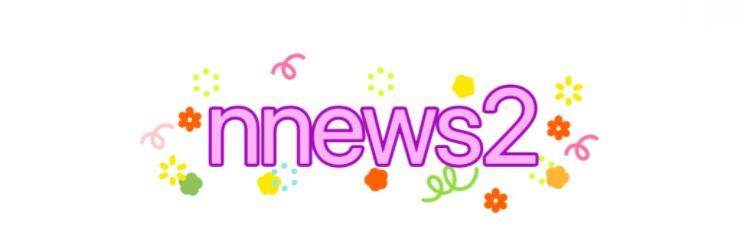7 Essential Facts About Warp Knitting Diagrams You Need to Know
Manywell supply professional and honest service.
# 7 Essential Facts About Warp Knitting Diagrams You Need to Know.
Warp knitting is an intricate process that requires both skill and understanding of various techniques, particularly when it comes to interpreting warp knitting diagrams. These diagrams are essential tools for knitters looking to produce high-quality knitted fabrics. Here, we explore seven essential facts about warp knitting diagrams that every knitting enthusiast should know. .
## Understanding the Basic Structure of Warp Knitting Diagrams.
Warp knitting diagrams visually represent the arrangement of yarn and stitches, making it crucial to understand their layout. Here are some key components typically found in these diagrams:
- **Vertical Lines**: Represent the running threads of the yarn.
- **Horizontal Lines**: Indicate the course of each stitch.
- **Symbols**: Specific symbols denote different types of stitches or patterns.
## Common Symbols in Warp Knitting Diagrams.
Familiarizing yourself with the symbols used in warp knitting diagrams can significantly increase your efficiency. Here’s a short list of common symbols and their meanings:
| Symbol | Meaning |.
|----------|------------------------|.
| ○ | Plain stitch |.
| X | Missed stitch |.
| / | Yarn over |.
| \ | Wrap stitch |.
| | | Vertical stitch line |.
Understanding these symbols can help reduce confusion during the knitting process. .
## Tips for Reading Warp Knitting Diagrams Effectively.
Reading a warp knitting diagram may initially seem daunting, but a few simple techniques can make the process smoother:
1. **Start with the Basics**: Begin by identifying the starting point and the direction of the knitting process.
2. **Break it Down**: Focus on one section of the diagram at a time rather than trying to comprehend the entire piece at once.
3. **Use Color Coding**: If your diagram is black and white, consider using colored pencils to highlight different sections for better visual understanding.
## Troubleshooting Common Issues with Warp Knitting Diagrams.
Even the most seasoned knitters encounter issues while following a warp knitting diagram. Here are some common problems along with practical solutions:
- **Problem**: Losing track of stitch count.
- **Solution**: Utilize a counter or mark completed rows with a sticky note to keep your progress organized.
- **Problem**: Confusing symbols leading to mistakes.
- **Solution**: Always refer back to the key that explains each symbol and keep a legend close by as you work.
- **Problem**: Difficulty in visualizing the finished piece.
- **Solution**: Create a swatch based on the diagram to see how the stitches interact before starting the full project.
## Variations of Warp Knitting Techniques.
Understanding the different variations of warp knitting can help you utilize the diagrams more effectively. Here are a few common techniques:
- **Tricot Knitting**: Known for its speed and versatility, tricot uses a simple, repetitive stitch pattern that is easy to read on a warp knitting diagram.
- **Rachel Knitting**: This technique typically includes more complex patterns and can be represented in detail in a warp knitting diagram.
- **Milanese Knitting**: Milanese is characterized by its unique textures, often indicated using diverse symbols in diagrams.
## Importance of Sample Swatches.
Before embarking on a large project based on a warp knitting diagram, creating sample swatches can provide valuable insights:
- **Testing Gauge**: Ensure your tension matches what’s required for the project.
- **Evaluating Stitch Dynamics**: See how the chosen stitches and patterns look when knit together.
- **Confirming Materials**: Verify compatibility of your yarn with the diagram instructions.
## Conclusion: Mastering Warp Knitting Diagrams.
Navigating warp knitting diagrams can be a rewarding journey for both novice and experienced knitters. By understanding the structure, common symbols, and how to troubleshoot issues, you can significantly enhance your knitting proficiency. Don’t be afraid to practice and create sample swatches to fully grasp the nuances of your designs. .
Ready to dive into your next knitting project? Grab your yarn, consult your warp knitting diagram, and start creating beautiful textured fabrics today!
If you want to learn more, please visit our website.
None

Comments